The content of the article
Intestinal colic begins in the third week of the baby’s life and causes both the baby and the parents a lot of anxiety. Almost all parents face this problem. Sore belly can last several hours. The reason for the appearance of colic, scientists believe the filling of the intestinal microflora with useful bacteria.
After birth, the baby's mucous membrane has poor motility, and the digestion process is not well established. The increased reaction of food fermentation in the stomach causes pain. Colic is diagnosed in 80% of children and appears in the first three months of life. In fact, such a condition is not a pathology, but the baby should help and relieve abdominal pain. How to eliminate colic in a baby?
Proper nutrition
Colic can be accompanied by regurgitation, belching or vomiting. Basically, colic begins during feeding. The baby groans, actively makes sucking movements and suddenly throws a nipple or nipple and begins to cry. At this time, there is an active contraction of the intestinal walls, a spasm occurs, which gives the child severe pain. During feeding, the baby swallows air while sucking and feels a feeling of fullness in the stomach.
To prevent colic, it is important to properly organize the entire nutrition process. Constant active sucking negatively affects the digestion of the child. In this case, milk may remain undigested, and enzymes cease to be produced. The best for the physiology of the child's body is a break between feedings at 2 hours.
After feeding, the baby should be held upright so that the swallowed air comes out. Then the baby should be put to one side. This will facilitate the transport of milk from the stomach to the intestines. If the baby nevertheless burps, then the milk will not get into the respiratory tract. When feeding, it is important to ensure that the baby does not swallow air. If the baby is prone to seizures, you can feed it with expressed milk from a bottle.
The appearance of colic can also be affected by the nutrition of the mother, therefore, it is imperative to follow a diet. Mom should use a minimum amount of fiber - cabbage, eggplant, grapes, apples. You can’t eat food that enhances the fermentation processes in the intestines - sweet pastries, beans, grape fruits.
In order not to harm the child, the mother should adhere to such a menu:
- oat, rice, millet porridge;
- green tea;
- unrefined oils;
- lean meats;
- hard cheeses;
- bread with bran;
- compote without sugar from dried fruits;
- stewed vegetables - zucchini, carrots, pumpkin, beets;
- crackers.
In a very limited number, mom can eat raw vegetables, bananas, pasta, chicken. You can eat and drink some eggs, kefir, milk. Under the ban - chocolate, condensed milk, canned food, soda, smoked meats, mayonnaise and semi-finished products.
Supporting measures
When colic occurs, it is important to reassure the child and ensure that he has as close contact with his mother as possible. Good joint sleep, wiggle on the hands helps. In severe cases, it is advisable to use a vent tube, which is carefully inserted into the anus. The product must first be boiled, the tip of the tube should be greased with baby cream or petroleum jelly. The tube is inserted into the anus by 2-3 cm and left for 5-10 minutes, so that the accumulated gases depart.
Enema and suppositories with glycerin also help. However, they should not be carried away so as not to constantly injure the stomach and intestines.
Between feedings, it is required to periodically lay the baby on the stomach for about ten minutes.It is very important to do a small massage:
- stroke the baby’s tummy clockwise;
- bend and unbend its legs and arms;
- turn the baby on the tummy and stroke it on the sides, as well as from the abdomen to the lower back;
- put a heating pad for five minutes and repeat the massage movements.
A competent attitude to the child will help him survive the period of colic faster. It is believed that usually an unpleasant period begins about three weeks of life and lasts three months. Sometimes, in order to improve the well-being of the child and remove pain in the stomach, it is enough to bend the baby's legs and pull them to the tummy. Such gymnastics promotes the release of gases and prevents the development of flatulence.
During the day, the baby should be picked up and communicate as often as possible. Psychological calm and harmony have a very beneficial effect on the baby’s digestion process. Experts advise to practice joint sleep, walk more in the fresh air, sing lullabies, caress and nurture a child.
Colic can be eliminated with the help of heat. You can heat the baby diaper with an iron and apply it to the baby’s tummy. The diaper should be changed as it cools. Some babies love the warmth of their mother’s belly. A warm bath helps to reduce pain.
Help with medicines
A new promising area in the elimination of colic is the use of probiotics. The pediatrician should prescribe the necessary medications. Comprehensive treatment includes taking:
- probiotics (Linex, Bifidumbacterin, Bifilis, Acipol);
- carminative drugs (Sub Simplex, Espumisan, Bobotik, Smecta);
- sedatives (Anvifen, Pantogam, Phenibut);
- antidysbacteriological agents (Biobactone, Acylact, Probifor, Bifikol);
- antacids and histamine blockers (Ranitidine, Famotidine, Maalox, Nizatidine);
- enzyme agents (Lactazar, Creon).
Probiotics relieve stomach and intestinal cramps, reduce gas formation, and help a weak stomach digest food. The lactobacilli and bifidobacteria contained in the medicine improve the digestion process, eliminate pain, and normalize the balance of the mucous microflora. Babies can use Bifidumbacterin, which is available in the form of tablets, suppositories, capsules, powder. The powder can be mixed with breast milk.
Simethicone-based drugs help to eliminate colic. This substance is a carminative antifoam. It eliminates the gases in the intestines of the baby. A medicine such as Espumisan can be taken for a very long time without harming the health of the child. If an allergy occurs, any medication should be discontinued. Colic treatment requires constant adjustment.
Another remedy with simethicone is Infacol. Fluid is given before each feeding. Bobotik drops, which the pediatrician can prescribe from the 27th day of the baby’s life, help with colic. These drugs are safe and do not have a harmful effect in the children's body.
The Finnish drug Kuplaton refers to colic drugs. It can be taken 4-5 times a day. The product can be diluted in breast milk. The main active ingredient of the drug is demythicone. It prevents flatulence and promotes the rapid removal of gases, as well as better digestion.
The use of enterosorbents helps to absorb toxins and remove them from the body. Infants are prescribed the use of Enterosgel. It does not adversely affect the microflora of the stomach and intestines and absorbs only harmful substances. The drug does not stick to the structure of the mucous membrane, gently envelops it and acts very gently. Treatment occurs without damage and trauma to the gastric mucosa.
You can give your baby special tea in the form of Hipp granules. Some mothers use herbal remedies intended for children Happy Baby, Plantex, BabyKalm.With very painful colic, the pediatrician may prescribe No-Shpa, Papaverina.
You should know that the symptoms of colic are very similar to signs of serious intestinal ailments. It is important to visit a doctor and be examined.
Folk methods
- Since ancient times, infants in the period of colic helped with the help of dill water. The plant contains substances that eliminate increased gas formation, soreness, regurgitation. Dill water perfectly improves digestion in the baby. It is useful to drink this remedy for a nursing mother. To prepare the product, use dill seeds. They are steamed with boiling water and insisted for 1.5 hours. At the pharmacy, you can buy ready-made packaging. Dill water is given to the baby to drink in small quantities during the day, 2-4 tablespoons at a time.
- It helps to get rid of colic fennel. A drink from it eliminates pain in the stomach and intestines, stabilizes the microflora of the gastrointestinal tract, and eliminates increased gas formation. Fennel fruits can be purchased at the pharmacy chain. They should be brewed with boiling water, and insisted for about an hour. Filter the broth and give the child a drink during the day.
- Anise seeds are another folk remedy for colic in a baby. The raw materials should be poured with water and the mixture brought to a boil. Then the tool is insisted and filtered. Store the product in the refrigerator for no more than three days. Anise water should be given to the baby 3-5 drops.
Prevention
- What to do in order not to provoke colic? Mom should give up foods that increase gas production for a long time.
- The second measure is to conduct the necessary studies on dysbiosis. It is important to consult a medical professional. The baby should be examined and carry out the necessary treatment. Treatment will facilitate the period of colic, help the microflora of the gastrointestinal tract recover faster.
- It is important to exclude various annoying negative factors from the life of a little man. The baby should not be worried about the absence of a mother, loud noise in the apartment, quarrels of parents. Calm atmosphere favorably affects the health of the child.
- During feeding, it is important to choose the right posture for the mother and baby. The baby should lie on the mother’s arm in an elevated position, conveniently located under the chest. Mom is better off sitting in a chair. The baby should be supported by the mother’s arm, which is the opposite of the nursing breast. The palm of the mother at this time is on the back of the baby, and the head is placed in the fingers. The second mother’s hand supports the chest. This pose is called the "cradle." It is most convenient for breastfeeding. For the child to deeply grasp the nipple circle, its head should be slightly tilted. The first thing to touch the chest is not the nose, but the chin. This will ensure proper nipple grip in the baby’s mouth, and prevent air ingestion.
Comprehensive measures and adjuvant therapy will help the child more easily survive colic in the intestine, facilitate his well-being and eliminate pain in the tummy.
Video: how to help a child with colic


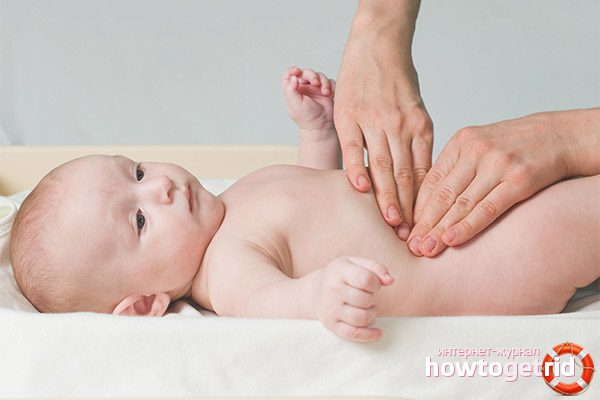
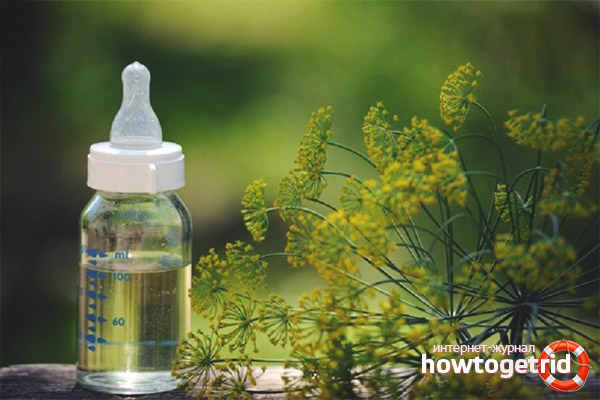
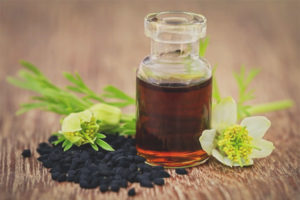
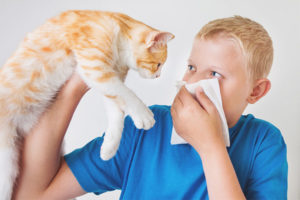


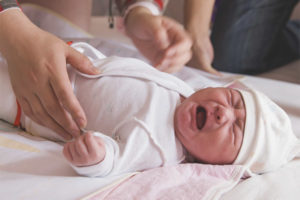
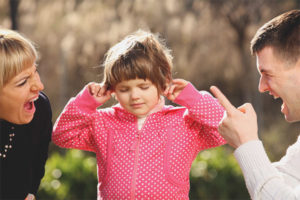

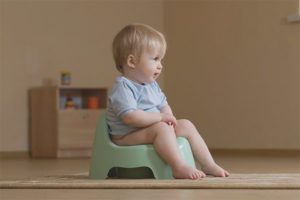
Submit